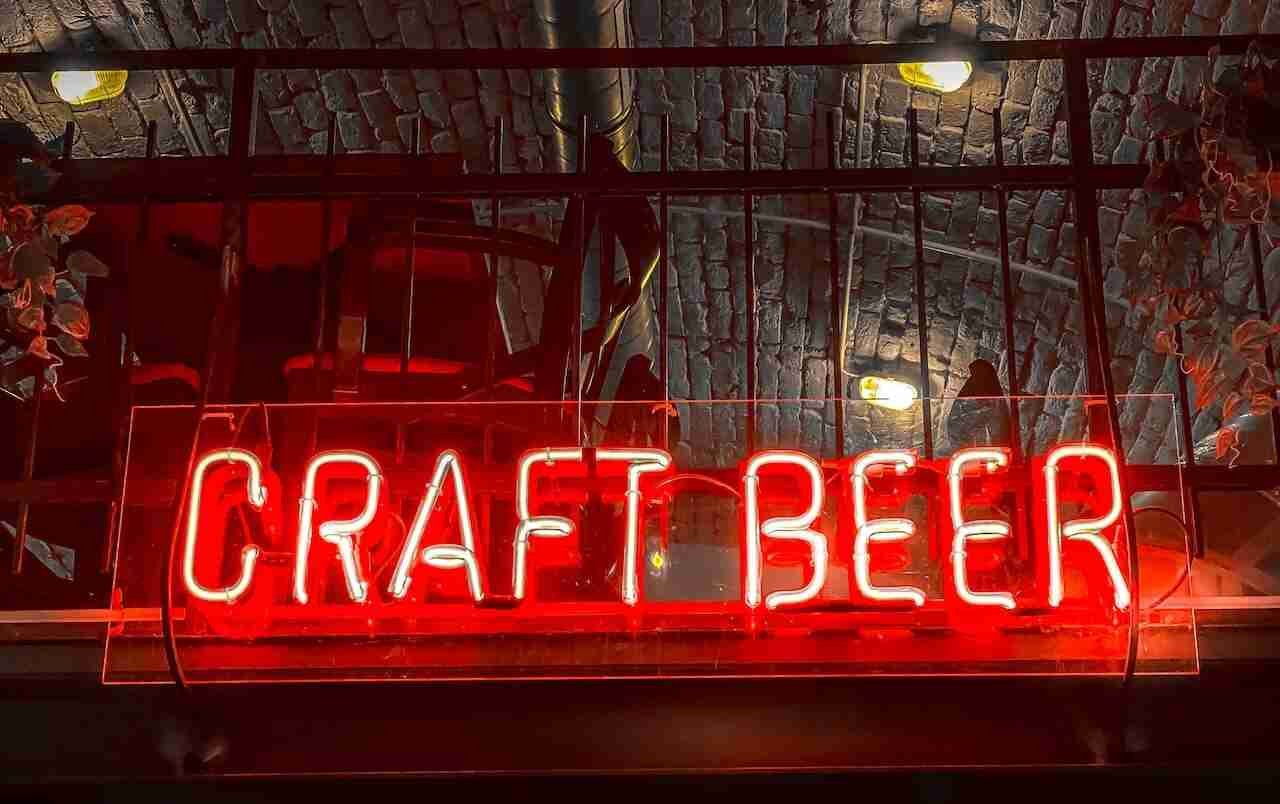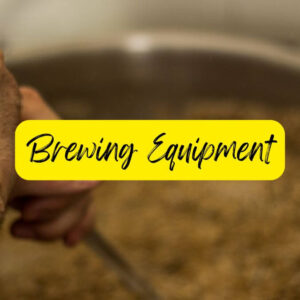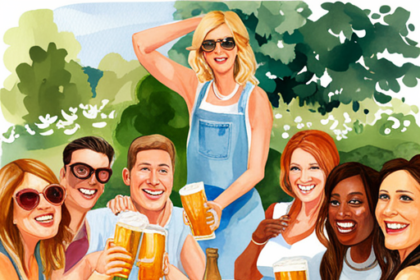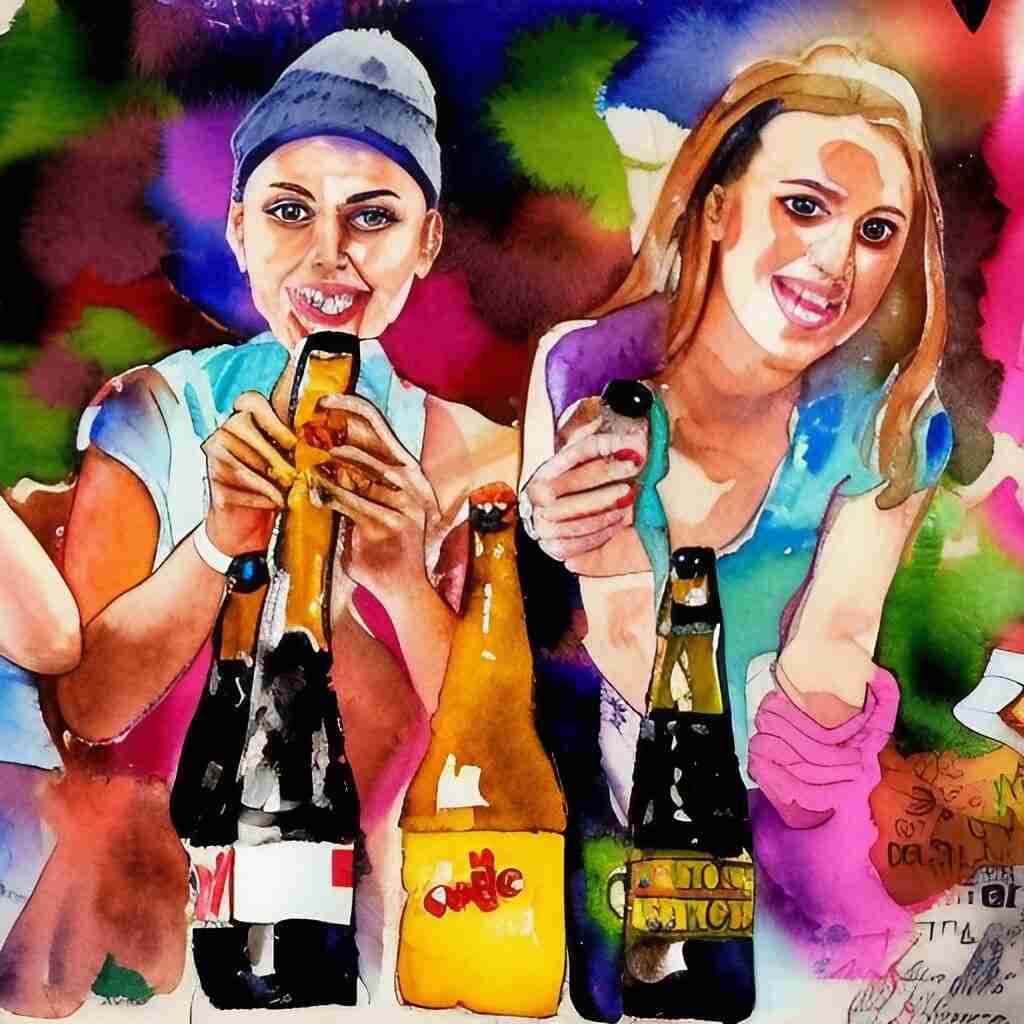Craft beer has exploded in popularity over the last decade, with a growing number of small, independent brewers popping up around the world. But in recent years, craft beer sales have begun to slip as consumer preferences and trends shift. In this blog post, we’ll take a look at what’s driving the declining craft beer sales figures and explore how brewers are adapting to these changes.
What Is Craft Beer?
Craft beer is defined by the Brewers Association as “small, independent and traditional,” meaning that it must meet certain criteria such as size (annual production of 6 million barrels or less), ownership (at least 75% owned by an independent craft brewer) and brewing method (using traditional ingredients). Most craft beers are also known for their unique flavor profiles and distinct characteristics.
How Popular Is Craft Beer?
According to figures from the Brewers Association, craft beer now accounts for 13.2% of all U.S. beer sales by volume in 2019, up from 12.7% in 2018 – though overall growth has been slowing in recent years, with only 2% growth between 2017 and 2018 compared to 5% between 2016 and 2017. Meanwhile, overall U.S. beer industry sales were up just 0.3%.

Creating Perfect Moments with Craft Beer
Craft beer isn’t just a beverage—it’s a celebration of heritage, creativity, and community. Through every pour of a pale ale or sip of a hoppy IPA, craft beer has woven itself into the lives of so many, creating perfect moments we often overlook.
From cheering with friends at a backyard barbecue to unwinding after a long day while savoring a rich stout, these small, cherished experiences have become part of life’s tapestry.
Regional Trends in Craft Beer Sales
While nationwide sales may appear stagnant, the story differs across the map. Some regions, such as parts of the Midwest, have seen a decline in craft beer’s market share, like Ohio’s drop during 2014-2019.
Yet, there’s a bright side—regions like Massachusetts have experienced double-digit growth since 2010. This dynamic shift reflects how deeply local roots shape the industry, with brewers turning their focus to the communities they serve. Local breweries aren’t just selling beer; they’re creating hubs where neighbors connect and celebrate moments that feel like home.

Why Are Craft Beer Sales Declining?
Over the years, craft beer has soared to new heights, but now, clouds have started to gather. With over 7,500 breweries operating in the U.S., oversaturation is making it harder for breweries to stand out.
Younger drinkers are exploring new alternatives, such as hard seltzers or ready-to-drink cocktails, while macrobrewers are stepping into the ring with their own “craft-style” beers. Add to this the rising cost of craft beer, and some who might otherwise enjoy a pint are left searching for a more affordable option.
These changes highlight a pressing question for craft enthusiasts and brewers alike—how can the industry continue to create perfect moments when facing an evolving market?

How Brewers Are Adapting
Though challenges loom, the craft beer community has always been one of resilience, founded on the belief that a single, perfectly brewed beer can transform an ordinary moment. Brewers are doubling down on quality, pouring their hearts into innovative recipes and experimenting with local ingredients. They’re conjuring unforgettable flavors from unexpected hops or grains, weaving daring new narratives into their brews.
Beyond the tanks, creativity is extending to storytelling and branding. Breweries are using social media to build intimate relationships with their drinkers, inviting them behind the scenes for a look at the artistry behind each pint. Some larger breweries have even formed alliances, pooling resources to protect the spirit of craft in a rapidly changing world.

The Future of Craft Beer
The future of craft beer isn’t just in raw numbers or sales figures. It’s in the moments it continues to create—the spontaneous laughter at a brewery tasting room, the sentimental clinking of glasses over dinner, and the profound nostalgia brought on by the aroma of a favorite brew.
For breweries, the path forward lies in capturing the magic of these unnoticed moments. By creating unique and locally inspired products, they connect deeply with customers looking to celebrate life, one sip at a time. FOOD PLUS BEER believes in this ethos—that every beer crafted with care has the power to spark meaningful connections and make an ordinary day extraordinary.
At its core, craft beer has always been about more than what’s in the glass. It’s about the people who brew it, the communities who share it, and the memories it fosters. Craft beer isn’t just a drink; it’s about creating perfect moments. And as long as brewers continue to innovate, honor tradition, and prioritize the people who support them, the legacy of craft beer will undoubtedly continue to thrive.









